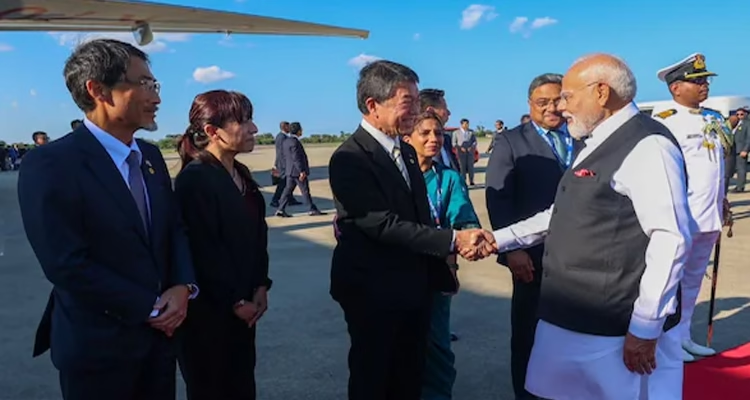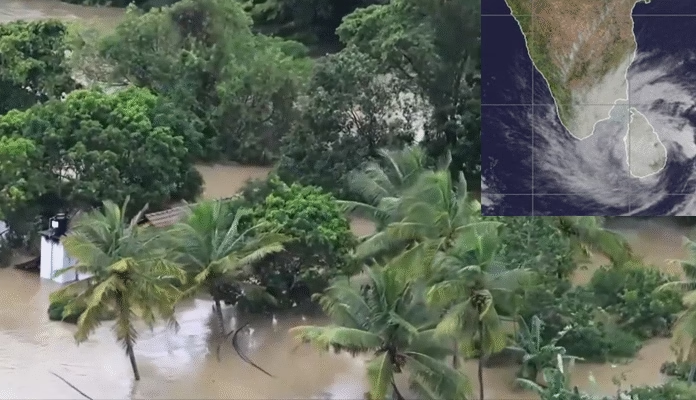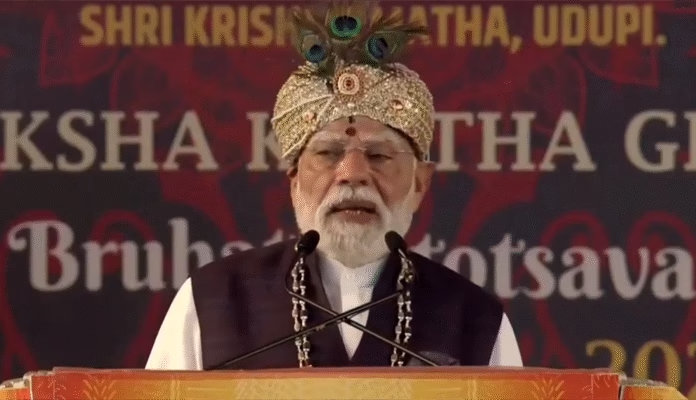
Tokyo/Beijing: PM Narendra Modi on Friday departed for Tianjin, China, after wrapping up a high-powered two-day visit to Japan, to attend the Shanghai Cooperation Organisation (SCO) Summit at the invitation of Chinese President Xi Jinping.
Modi’s Japan visit marked a major diplomatic and economic breakthrough, with India and Japan unveiling a 10-year strategic blueprint to redefine ties across key sectors—ranging from economic security and technology to clean energy and people-to-people exchanges.
Reached Sendai. Travelled with PM Ishiba to this city on the Shinkansen.@shigeruishiba pic.twitter.com/qBc4bU1Pdt
— Narendra Modi (@narendramodi) August 30, 2025
A Bold Vision for the Next Decade
In Tokyo, Modi and Japanese Prime Minister Shigeru Ishiba adopted the India-Japan Joint Vision for the Next Decade, outlining eight priority areas:
-
economic partnership and security,
-
mobility and infrastructure,
-
technology and innovation,
-
ecological sustainability,
-
health,
-
human mobility,
-
cultural and people-to-people ties,
-
and state-prefecture level collaborations.
One of the standout announcements was Japan’s pledge of 10 trillion yen in private investments in India over the next decade. The two countries also launched a new Economic Security Initiative, covering cooperation in semiconductors, clean energy, telecom, critical minerals, pharmaceuticals and emerging technologies.
PM Ishiba and I visited the Tokyo Electron Factory. We went to the Training Room, Production Innovation Lab and interacted with top officials of the company. The semiconductor sector is a key area for India-Japan cooperation.
In the last few years, India has made many strides in… pic.twitter.com/6Fmv0s7gUo
— Narendra Modi (@narendramodi) August 30, 2025
Security, Mobility, Space — Key Pillars
The visit also witnessed the signing of a Joint Declaration on Security Cooperation, along with a landmark Action Plan on Human Mobility, targeting the two-way movement of 500,000 people—including 50,000 skilled Indian workers to Japan—over the next five years.
Science and space ties were boosted with an implementing arrangement between ISRO and JAXA on Chandrayaan-5, as well as a Joint Statement of Intent on science and technology collaboration. Several other MoUs were inked, covering clean hydrogen, digital partnerships, mineral resources, cultural exchange, and the environment.
Modi’s Outreach Beyond Tokyo
During his visit, Modi also met the governors of 16 Japanese prefectures, urging stronger state-prefecture partnerships in manufacturing, mobility, start-ups and SMEs. In a symbolic gesture, both leaders travelled by Shinkansen bullet train to Sendai to visit the Tokyo Electron semiconductor factory.
Off to SCO Summit in China
After nearly two-and-a-half hours of detailed talks with Ishiba, delegation-level meetings, and signing of wide-ranging agreements, Modi emplaned for Tianjin. At the SCO Summit, he is expected to hold key discussions on regional security, connectivity and trade, further underlining India’s growing role in global diplomacy.
Analysts say the back-to-back engagements in Tokyo and Tianjin reflect India’s growing strategic weight in Asia, as it strengthens partnerships with allies like Japan while engaging major powers like China in multilateral forums.



